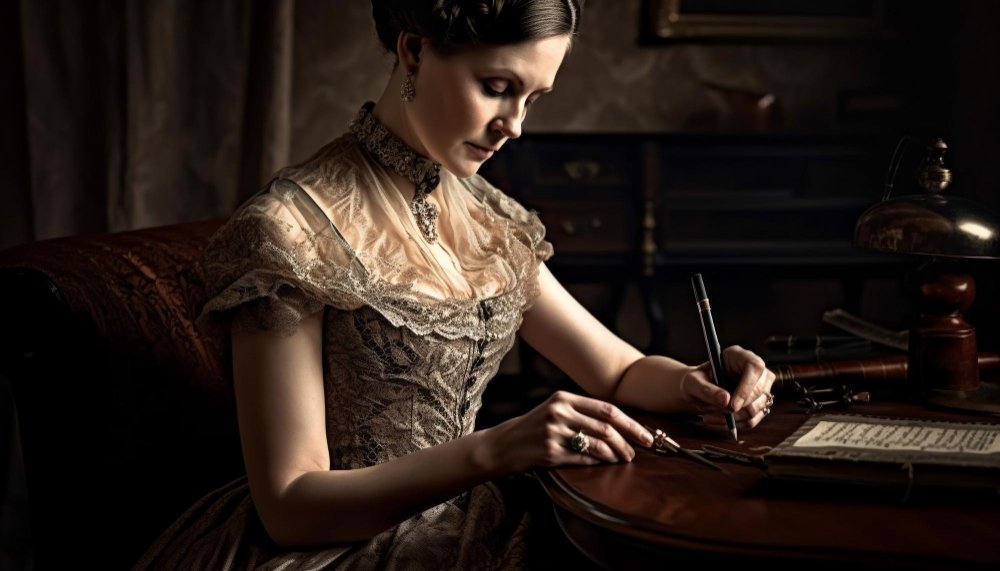Racial Disparities and Resiliency in Mental Health
Helena Huynh
October 2025
Socioeconomic status has often been implicated as a major predictor when it comes to mental health issues in children and adolescents[4] in a number of different types of disorders. One theory that potentially explains this relationship, known as the social causation hypothesis,[4] posits that chronic stress, typically associated with lower-income households, can contribute to mental health onset. In addition, early life adversities have been suggested to contribute to this issue.[6] This can entail experiences like physical or emotional abuse, experiencing domestic violence, substance use, or incarceration that occur in childhood.

Studies have shown that African American and Latinx communities are more likely to be adversely impacted, with a higher likelihood of attending high-poverty schools.[1] Furthermore, minority groups are more likely to experience discrimination, which has cascading impacts that can affect health care access or quality of care.[1] These all impact psychological well-being, potentially creating disparities when it comes to mental health.
Gender Disparities Within Racial Inequalities
Gender identity is another factor that contributes to disparities in mental health. For example, women experience certain mental illnesses at a higher prevalence rate compared to men, such as PTSD and depression.[2] However, in order to understand how to best address mental health concerns, we need to adopt an intersectional approach and incorporate multiple aspects of an individual’s identity. For example, we must consider how gender identity intersects with racial identity, especially throughout the lifespan. About 1 in 3 women going through pregnancy experience symptoms related to depression and anxiety, with higher rates reported in women of color.[2] Later in life, African American women are more likely to experience depression symptoms when transitioning to menopausal periods.[2] In spite of these differences, women of color are less likely to seek psychological help, further widening the gap when it comes to mental health equity. Research aimed at dissecting why this is can help pioneer changes for women of color to seek mental health resources.
Addressing Inequalities: Resiliency in Mental Health
Research has focused its efforts on understanding different factors that might be protective when it comes to racial minority mental health. Ethnic identity, for example, has recently been identified as a potential resilience factor and is defined as a sense of belonging, pride, and attachment to ethnic group membership.[5] Having a stronger ethnic identity creates a sense of belonging within a group, and this can promote positive self-esteem and coping mechanisms that lead to better mental health outcomes. Additionally, ethnic identity is closely tied with social support,[3] which can also contribute to positive mental health outcomes. One study found that increased traumatic exposure was associated with increased lifetime psychiatric diagnoses, with race and ethnicity implicated as significant predictors of these diagnoses.[5] Interestingly, ethnic identity actually served as a moderator between these relationships: individuals with stronger ethnic identities reported lower numbers of psychiatric diagnoses. In the study sample, both African American and Caucasian women experienced buffering effects associated with stronger ethnic identities.
In continuing research on resilience, particularly resilience factors that might relate to racial identity and experience, we can look to inform interventions. In doing so, we can address this pressing disparity in minority mental health and provide tools to bridge the gap, creating a healthier, supportive future for all.
References
[1] American Psychological Association. (2017). Ethnic and Racial Minorities & Socioeconomic Status. American Psychological Association. https://www.apa.org/pi/ses/resources/publications/minorities
[2] Ballone, N., & Richards, E. (2023). Racial/ethnic disparities and women’s mental health. Psychiatric Clinics of North America, 46(3), 571–582. https://doi.org/10.1016/j.psc.2023.04.011
[3] Moore, K., Munson, M. R., Shimizu, R., & Rodwin, A. H. (2022). Ethnic identity, stress, and personal recovery outcomes among young adults with serious mental health conditions. Psychiatric Rehabilitation Journal. https://doi.org/10.1037/prj0000523
[4] Reiss, F. (2013). Socioeconomic inequalities and mental health problems in children and adolescents: A systematic review. Social Science & Medicine, 90, 24–31. https://doi.org/10.1016/j.socscimed.2013.04.026
[5] Townsend, T. G., Kaltman, S., Saleem, F., Coker-Appiah, D. S., & Green, B. L. (2017). Ethnic disparities in trauma-related mental illness: Is ethnic identity a buffer? Journal of Interpersonal Violence, 35(11–12), 2164–2188. https://doi.org/10.1177/0886260517701454
[6] Zhang, X., & Monnat, S. M. (2022). Racial/ethnic differences in clusters of adverse childhood experiences and associations with Adolescent Mental Health. SSM – Population Health, 17, 100997. https://doi.org/10.1016/j.ssmph.2021.100997



